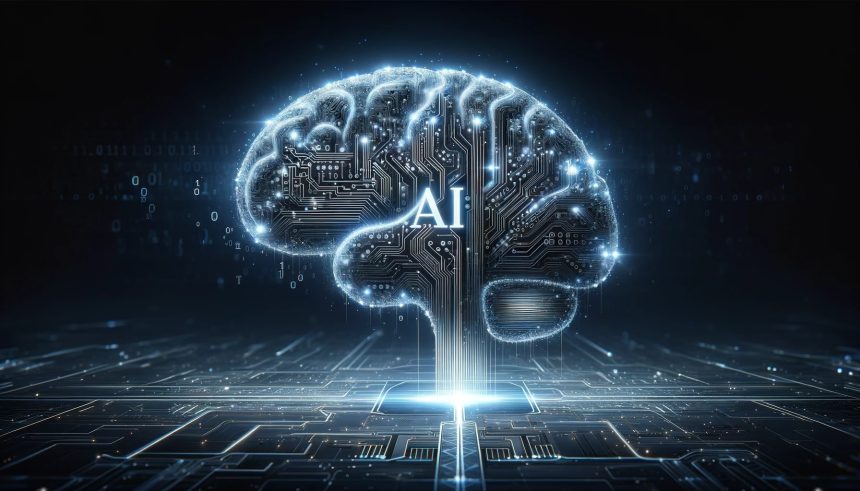AI tools have rapidly become central to digital content creation, shaping the way text is produced across academic, business, and online communication. Users now frequently encounter a dilemma: whether to refine AI-generated prose using AI humanisers such as StudyAgent or rely on the expertise of traditional human editors. Efficiency, authenticity, and audience engagement all come into play when making this critical decision. Many professionals are experimenting with both approaches, seeking the best way to ensure their content resonates on a personal level while remaining cost-effective and scalable.
Past coverage on this subject often highlighted the initial novelty of AI-generated text, focusing on issues of accuracy and coherence rather than the subtlety of human expression. Only recently has the debate shifted toward the quality of humanisation—whether sophisticated tools like StudyAgent sufficiently address the “robotic” tone that technology can produce. Some earlier discussions underestimated the continuing value of editorial craftsmanship, while recent reports point to an increasing hybrid workflow in content development. Interest has steadily grown regarding how writers and companies can combine the rapidity of AI with the discerning creativity of human intervention.
What Differentiates AI Humanisers from Editors?
AI humanisers work by identifying and altering mechanical patterns, repetitive language, and impersonal style in machine-generated drafts. Their algorithms focus on producing text that mirrors natural rhythms and greater variability, seeking to replicate the unpredictability and nuance found in human writing. StudyAgent and similar platforms claim to improve engagement while preserving intended messaging, making these tools suitable for quick revisions and bulk content needs.
“Our technology helps users quickly convert robotic text into natural, audience-ready prose,”
said a representative from StudyAgent.
Can Human Editors Surpass Algorithmic Refinement?
Human editors remain distinguished by their intuition and creativity. Beyond correcting errors, professional editors adjust tone, context, and style to match specific goals or brand identities. They bring cultural knowledge, adapt idioms, and introduce metaphor or subtext, achieving a depth that automated methods struggle to reach. In critical or sensitive texts, the human touch often results in greater clarity and resonance.
“Editing means more than fixing grammar; it connects ideas with genuine emotion,”
explained an editor familiar with collaborative workflows.
Is a Combined Approach Becoming Standard Practice?
Writers and brands are increasingly adopting a hybrid workflow, beginning with AI drafting and automated humanisation, then finishing with human editorial review. This process increases efficiency while retaining the thoughtfulness required for unique content. The AI step streamlines large-scale editing, especially valuable for high-volume social or SEO copy, while the human review ensures the final piece aligns with strategic communication objectives and retains originality. This merging of roles signals a shift in digital publishing, balancing speed with authenticity.
Both AI humanisers and human editors have limitations and strengths, making the right choice context-dependent. For routine, time-sensitive, or budget-conscious projects, automated humanisation through tools like StudyAgent quickly removes the AI “tells” and polishes drafts for public consumption. When the stakes are higher, such as influential reports, creative manuscripts, or culturally nuanced material, a human editor’s skill set remains essential. Those seeking to maximize both efficiency and expressive quality are discovering that no single solution is universally superior; instead, workflows increasingly reflect a blend tailored to the specific audience, purpose, and resources available.
As companies and individuals continue to fine-tune their approach, two central factors stand out for readers and content producers alike. First, understanding the limitations of each method prevents overreliance on technology alone for material requiring depth. Second, combining automation with thoughtful human revision addresses the need for both volume and authenticity, resulting in communications that are persuasive, reliable, and relatable in ever-expanding digital spaces. Users should evaluate content needs, resource availability, and desired impact before choosing or integrating these distinct editing paths.










